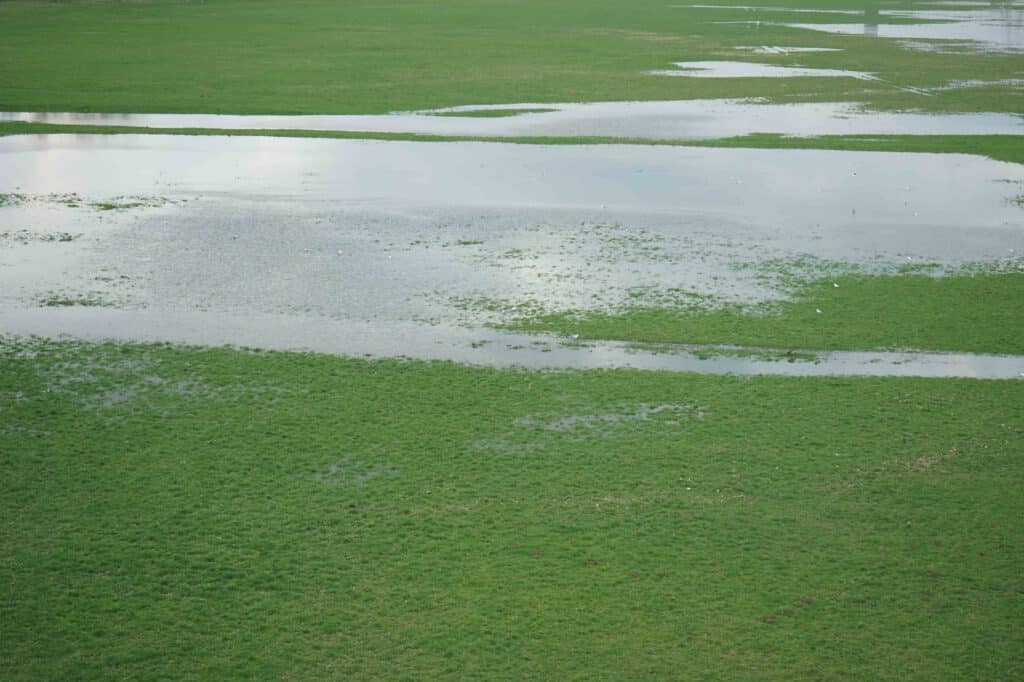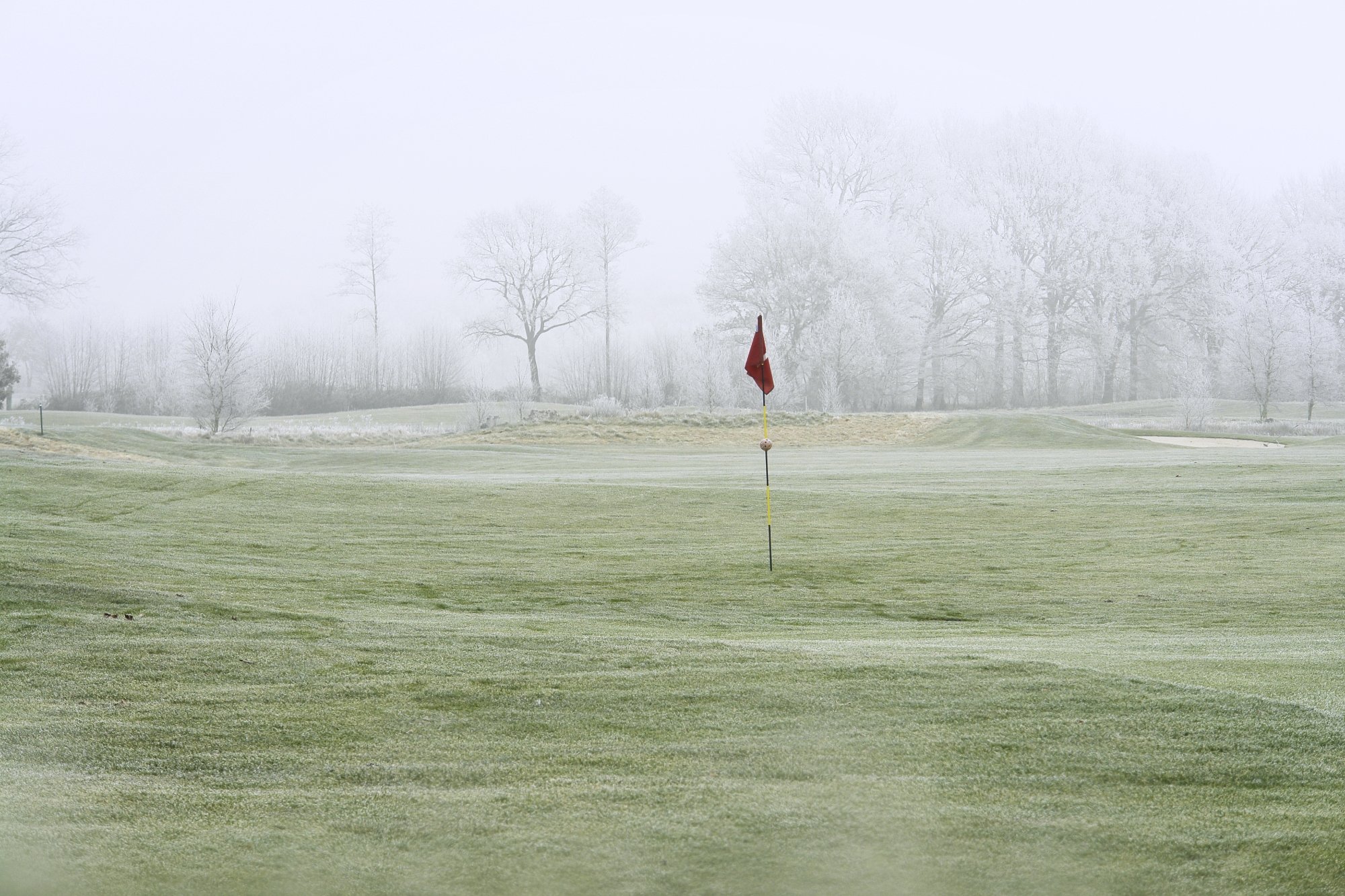This is your chance to ask the experts to get the greenkeeping information that you really want. Whether you want to learn more about hollowtining, or whether there is something going on at your course that you just don’t understand, we’ve lined up the experts to put you in the know in our Greenkeeper’s Question Time.
Answering your questions is Scott Reeves, veteran course manager and BIGGA head of membership. And this week’s he’s had a poser about temporary greens…

‘Why can’t our temporary golf greens be relatively flat and even?’
Scott says: There is a clue in the name – in that they’re temporary. They aren’t maintained all year round. Most modern golf greens, if you were to construct one, will cost north of £30,000, and you need extremely expensive materials.
Most temporary greens are cut out on a piece of fairway, or an approach somewhere, and are just not maintained to that standard.
We’re using them as a stop gap. The question talks about ‘relatively flat’. That’s a matter of budgets and resources. If you want better temporary greens you have to invest in your infrastructure, your staff and in your inventory.

‘Why is our course always so soggy?’
Scott says: If you’re a member of such a course, you need to ask yourself, ‘have you been investing?’ Has there been investment in capital infrastructure such as drainage, or the machinery you need to carry out aeration?
Climate change has made a big difference in the last few years. Last year, summer basically ended in July. It started raining and we had one of the wettest years I can remember. But to say the course is always soggy, that’s probably an exaggeration. It’s an emotive statement and probably not actually accurate.
Most courses aren’t free draining links or heathlands. They are built on land that wasn’t much good for anything else. Farmland was there to grow a crop, you wanted to retain moisture and nutrients. But these are the kinds of sties where lots of courses are built. Then there are lots of trees. People like those, but those sites tend to be wetter.
Advertisement
- This article appears in Your Course, the twice-yearly publication from the British and International Golf Greenkeepers Association. Your Course invites golfers to gain a deeper appreciation of what preparing and maintaining a golf course really involves. Head to www.bigga.org.uk to find out more.
Have a question for a greenkeeper?
What do you think of this answer on temporary golf and winter golf greens? It’s your course – want to send a question in about it? Email info@bigga.org.uk and we’ll put it to one of our experts.
Advertisement
